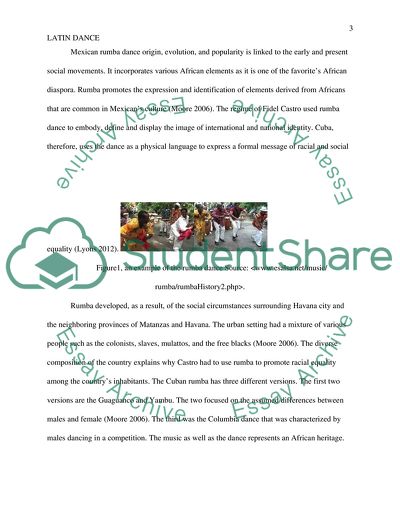Cite this document
(Fundamentals of the Latin Dance Research Paper Example | Topics and Well Written Essays - 1250 words, n.d.)
Fundamentals of the Latin Dance Research Paper Example | Topics and Well Written Essays - 1250 words. https://studentshare.org/culture/1831613-dance
Fundamentals of the Latin Dance Research Paper Example | Topics and Well Written Essays - 1250 words. https://studentshare.org/culture/1831613-dance
(Fundamentals of the Latin Dance Research Paper Example | Topics and Well Written Essays - 1250 Words)
Fundamentals of the Latin Dance Research Paper Example | Topics and Well Written Essays - 1250 Words. https://studentshare.org/culture/1831613-dance.
Fundamentals of the Latin Dance Research Paper Example | Topics and Well Written Essays - 1250 Words. https://studentshare.org/culture/1831613-dance.
“Fundamentals of the Latin Dance Research Paper Example | Topics and Well Written Essays - 1250 Words”. https://studentshare.org/culture/1831613-dance.


